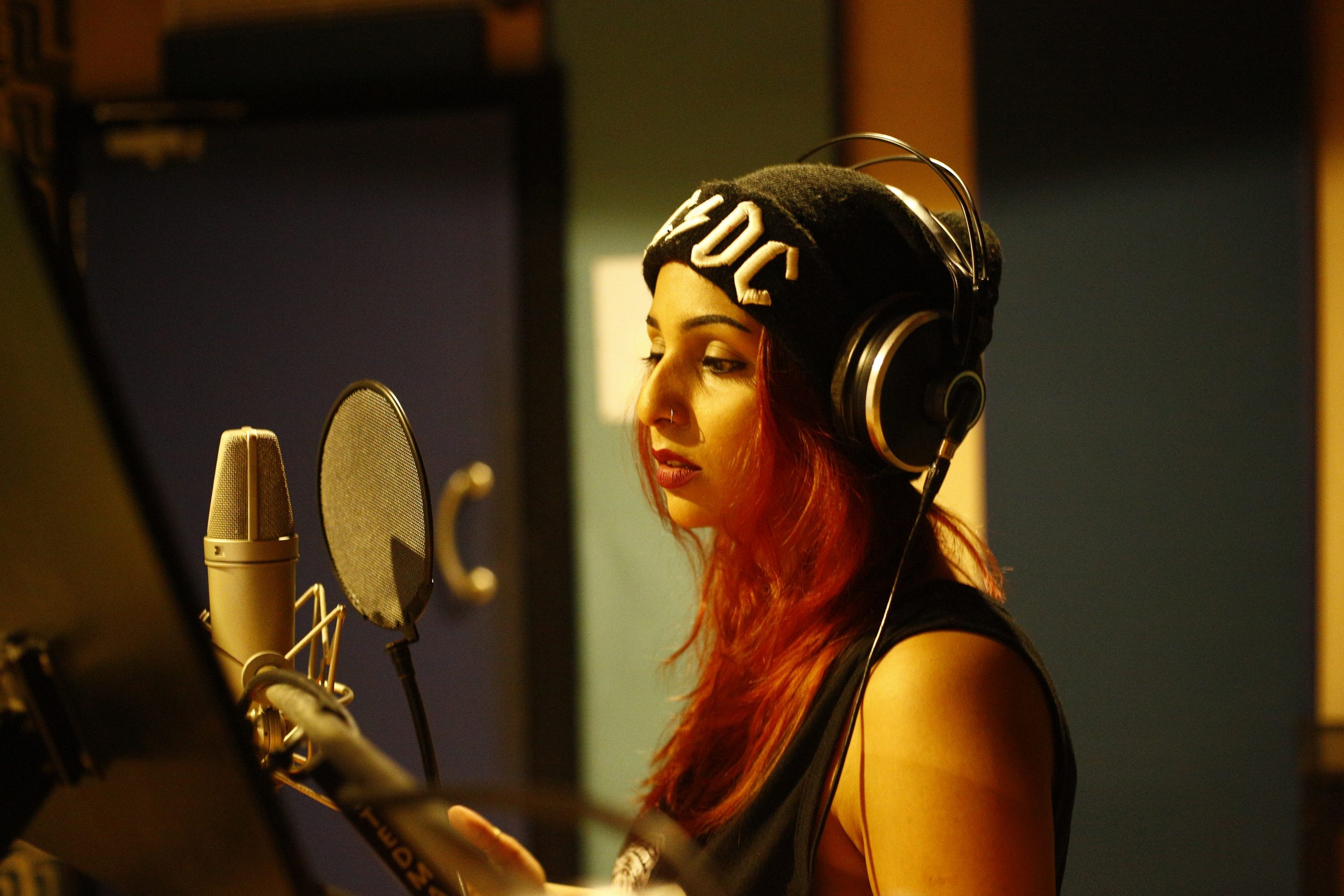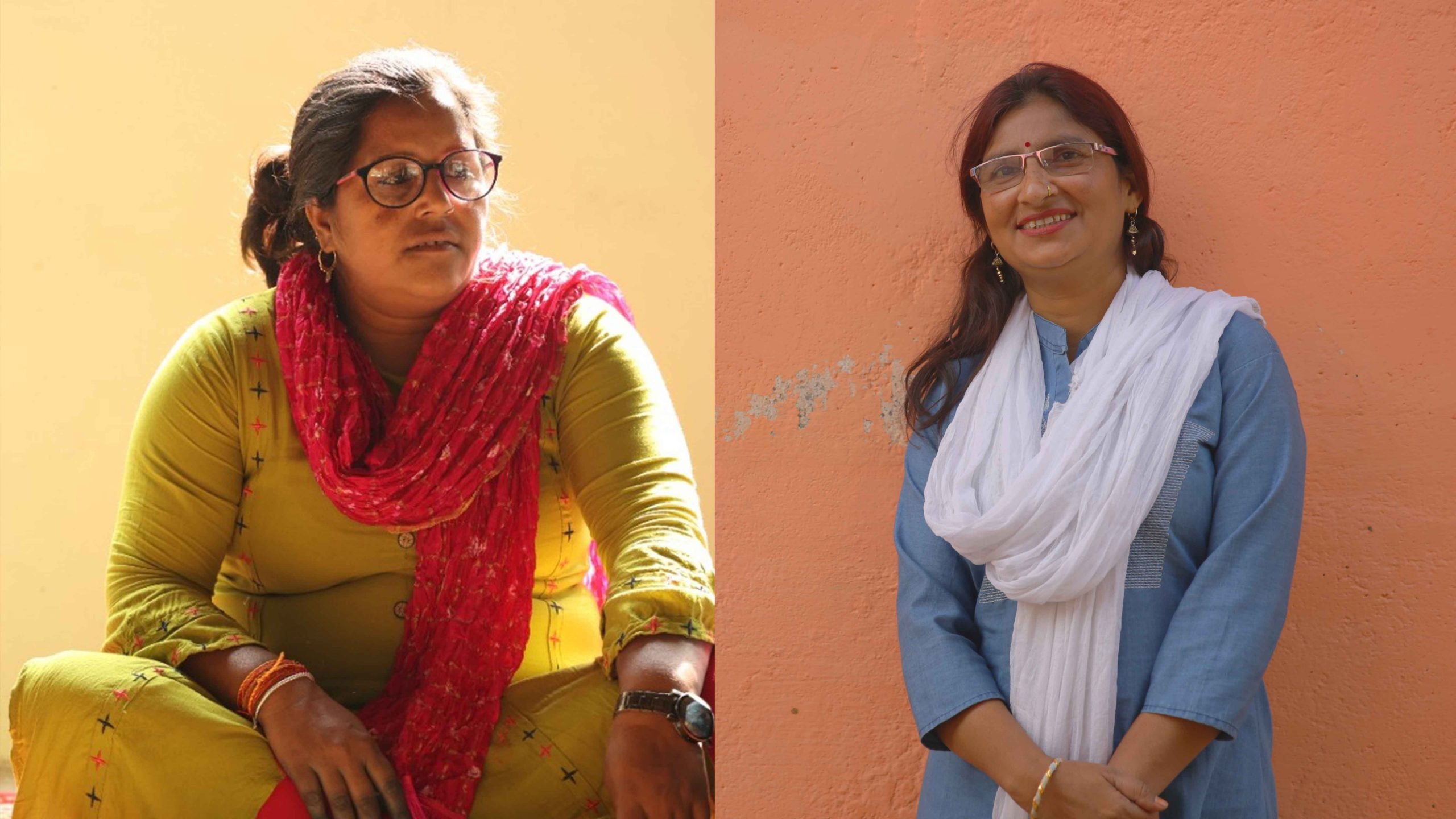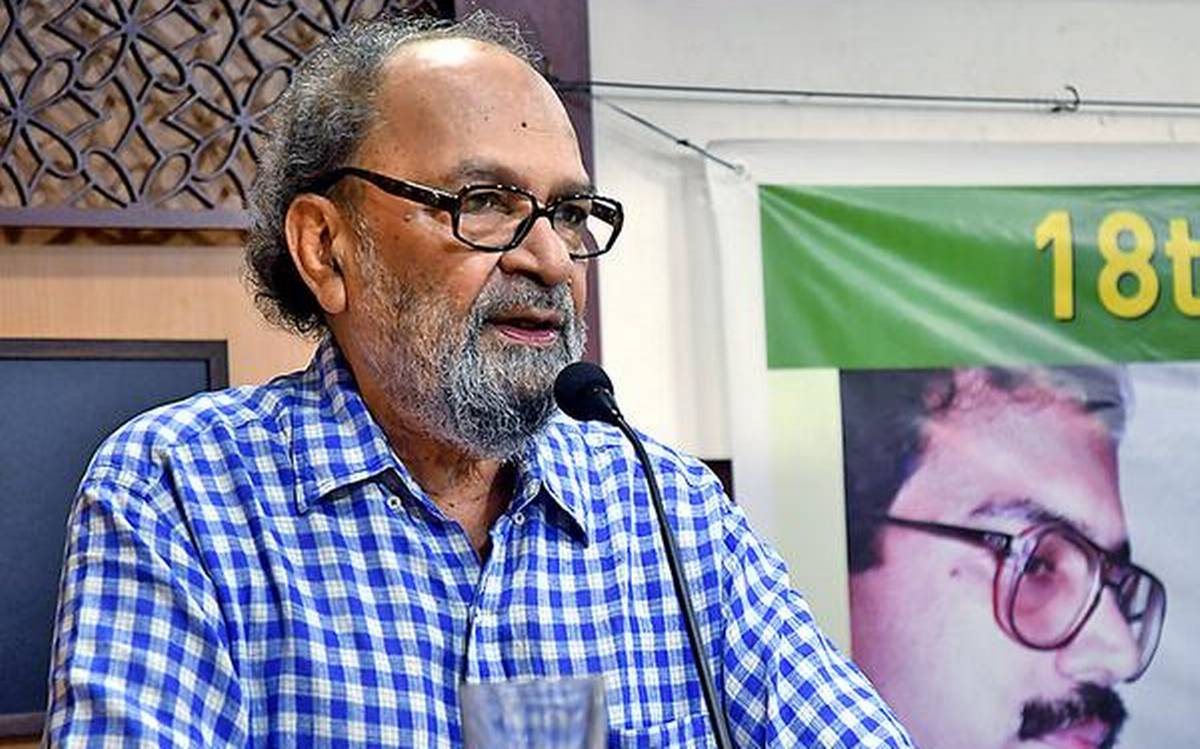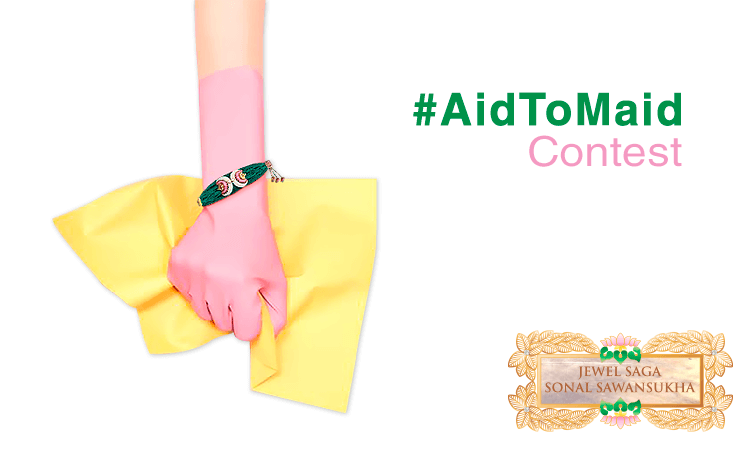Mariya Taher On Sahiyo Stories Campaign That Gives A Voice To Khatna Survivors
- IWB Post
- March 29, 2018

“My name is Mariya. I am a social worker, a writer, a runner, a fan of Batman…and I am a survivor of female genital mutilation/cutting (FGM/C) who is asking for your help to end this harmful practice,” says Mariya.
Mariya Taher as you might know her from IWB’s previous interviews is a khatna survivor who is now in the pursuit of eradicating the evil practice through Sahiyo. Apart from FGC, she has been actively fighting all sorts of gender violence, including domestic abuse and human trafficking. She also participated in the Boston Women’s March last year in January.
 Mariya Taher is a khatna survivor who is now in the pursuit of eradicating the evil practice through Sahiyo.
Mariya Taher is a khatna survivor who is now in the pursuit of eradicating the evil practice through Sahiyo.In 2015, Sahiyo was conceived out of a conversation between five women who felt strongly about the ritual of female genital cutting (khatna) in the Bohra community. As their collaboration started taking a shape, they decided to turn it into an organized, informed forum within the community. The aim of the forum was to drive a movement to bring an end to khatna.
“The mission of Sahiyo is to empower Dawoodi Bohra Muslims and other Asian communities to abandon female genital cutting (FGC) and create positive change through dialogue, education, and collaboration,” Mariya shared with me.
Since its inception, Sahiyo has been persistently narrating stories of FGC, raising awareness about it and fighting the evil practice through a plethora of campaigns and workshops. Mariya has also been doing the challenging task of raising funds for these workshops.
Here are excerpts from a recent interaction with Mariya:
Your fight is a long one. What objective is Sahiyo currently focussing on? Also, please explain the reason behind undertaking the particular objective.
Early on, we discovered the importance of storytelling as a way to increase dialogue on FGC. Our storytelling work really began when we started working on a website, essentially, a blog where people could come together to share their stories of khatna as a way to both empower and reclaim a piece of themselves that was lost when they underwent khatna.
The particular project I am now working on is to help facilitate a digital storytelling workshop in partnership with StoryCenter for Bohra FGC survivors living in the United States, and I personally have been a fundraiser for the past 10 months to ensure that we can host this workshop.
Here is a video from Mariya’s fundraising campaign:
Shattered Silences – by Mariya Taher
In this powerful story, Mariya speaks candidly about her experience as a survivor of “vacation cutting”- female genital cutting done when U.S.-born children are taken out of the country to visit family members in parts of the world where the procedure is not yet illegal.
After learning about Dr. Jumana Nagarwala being charged for performing FGC on minor girls in the United States, it felt important to me that we create a space where Bohra women who live in the United States can tell their stories of undergoing FGC in their own words in hopes of ensuring that FGC does not continue to happen with future generations of Bohra girls living in the United States.
For centuries, women have been afraid to speak up because of a fear of being socially ostracized from their community, being labeled a victim, or getting their loved ones in trouble. A StoryCenter workshop will allow women to come together in a supportive environment so they can heal, and help build a critical mass of voices against FGC, demonstrating that there is a growing trend to abandon this harmful practice.
Can you please share with us the impact of your previous campaigns?
Sahiyo has executed a number of storytelling campaigns globally, and we have seen how storytelling moves people to do great things. Our campaigns have allowed women and girls to speak up (both anonymously and with their names), when previously many women and girls have been afraid to do so in public.
Our work has also allowed men to speak up about their views on FGC. Through the collection of stories, we have also been able to advocate for more research on the topic of FGC, because we recognise that even traditional forms of data collection are in themselves a form of storytelling, just on a larger scale. Additionally, we have seen how allowing people to speak about FGC has helped to start conversations on the topic in countries such as Sri Lanka and Pakistan.
What are the biggest challenges that you have to face during the execution of the storytelling initiative?
Oh goodness! Raising the funds to make the workshops happen – which I’m happy to report is happening in May 2018! I still am trying to raise some more funds, but we have been able to raise the majority of it so it is confirmed. And actually, some amazing U.S. based volunteers have been helping to plan the logistics of the workshop. I don’t know what would I do without their support! One thing that does always amaze me is how much people want to be involved and feel passionate about this issue and about doing anything they can to help support making a change.
Has the Trump administration somehow impacted your campaign?
I don’t think the Trump administration has impacted Sahiyo Stories campaign, but I do see how the anti-immigrant and Islamaphobic rhetoric the Trump administration uses has made it more challenging to advocate against FGC. FGC is a human rights violation, a form of gender violence. Yet, we have seen politicians use this issue and politicalize it to serve their own needs. A White House Press Statement falsely connecting FGC to immigrant behavior is one such terrible example.
Please share with us one of the victories that you are really proud of.
We had the first ever U.S. Bohra Activist Retreat in New York this past January 2018 and I was so amazed at how well it went and how much the participants got out of it! There were so many emotions that weekend and so many people who had felt so alone in their attempts to speak against FGC (and had faced so much backlash) suddenly felt that they had a community and that they were supported by other people. Being an activist is not a glamorous job by any means, and I can tell you that it is emotionally exhausting and that you get backlash and negative feedback from all sorts of folks.
At the end of the day, you also hear from people that thank you and tell you that they needed to hear someone say that what you went through was not okay. You learn that people do need support and you are just trying to find ways to give them that support. And that is something that keeps me going day after day.
If you wish to donate to Sahiyo’s campaign click here.
- 0
- 0












